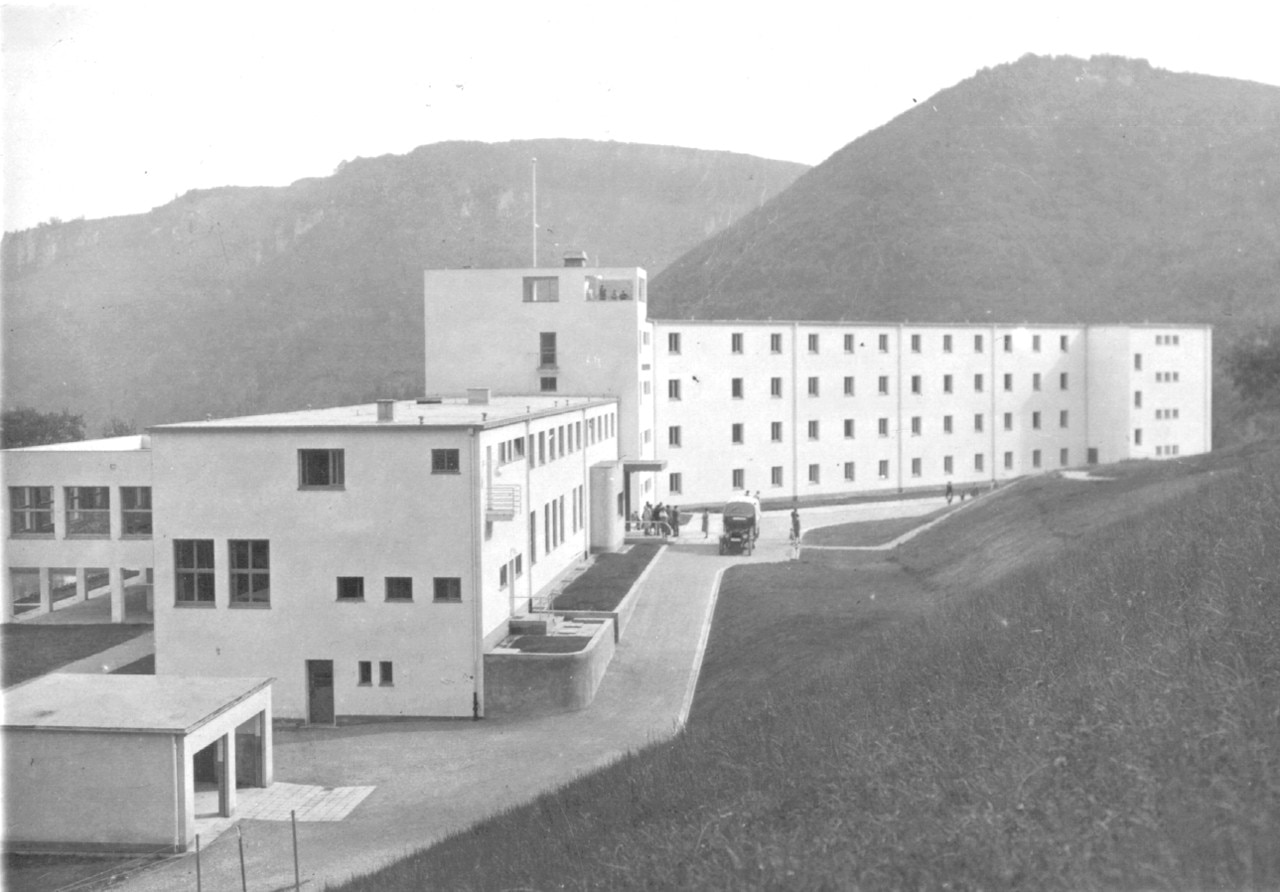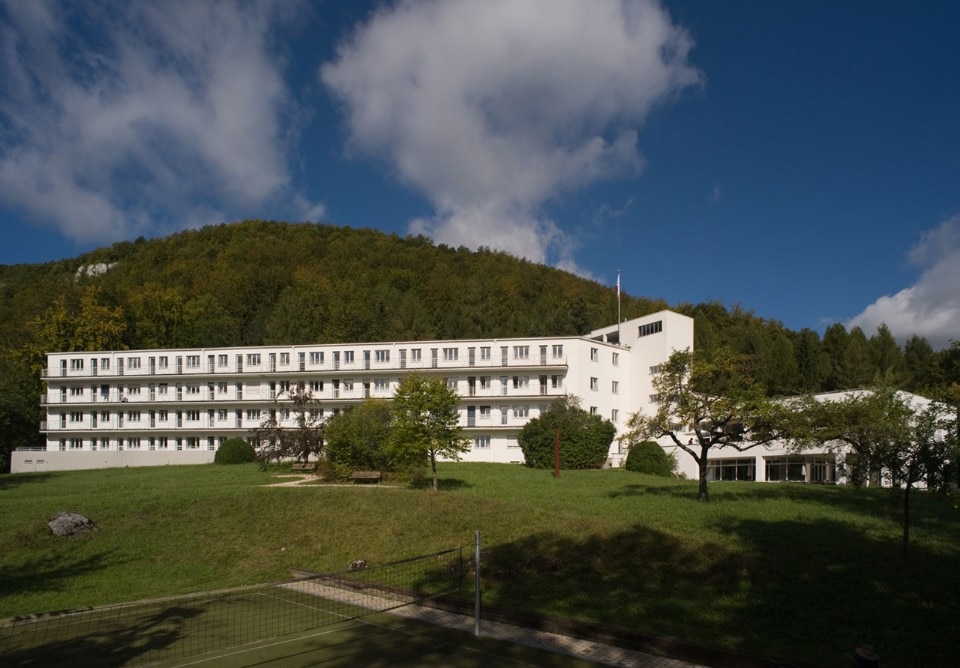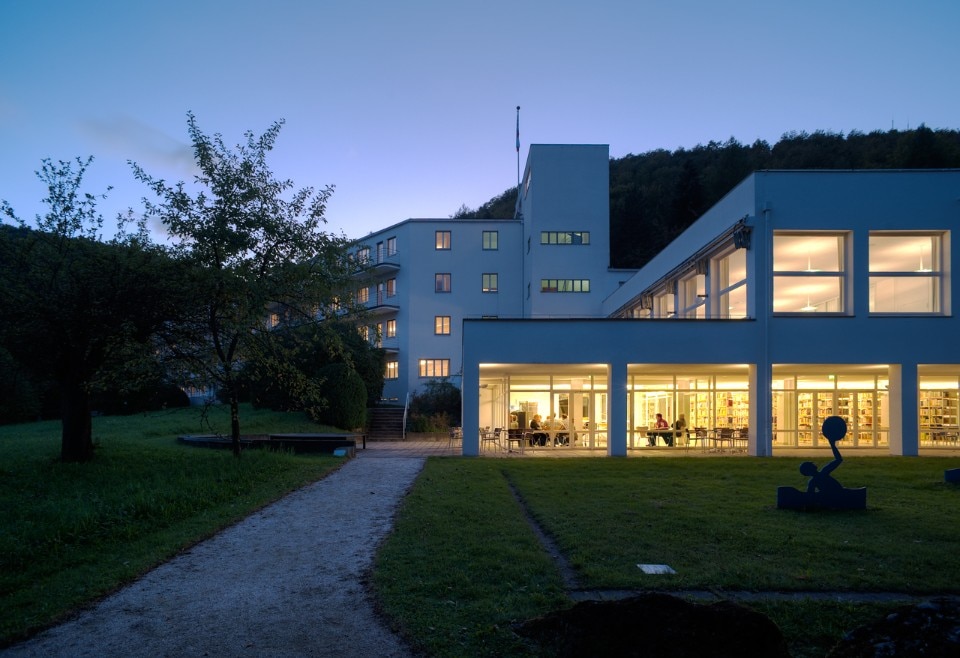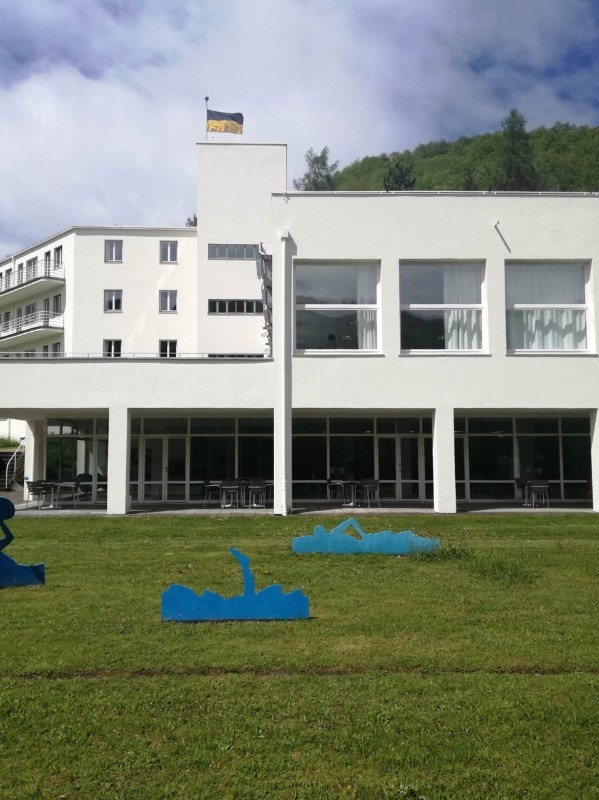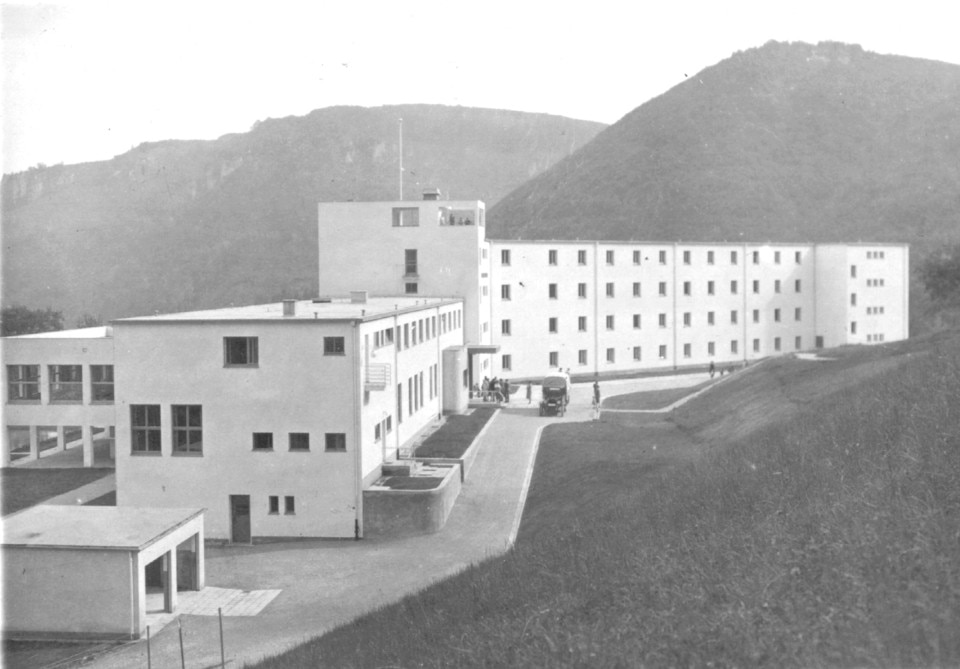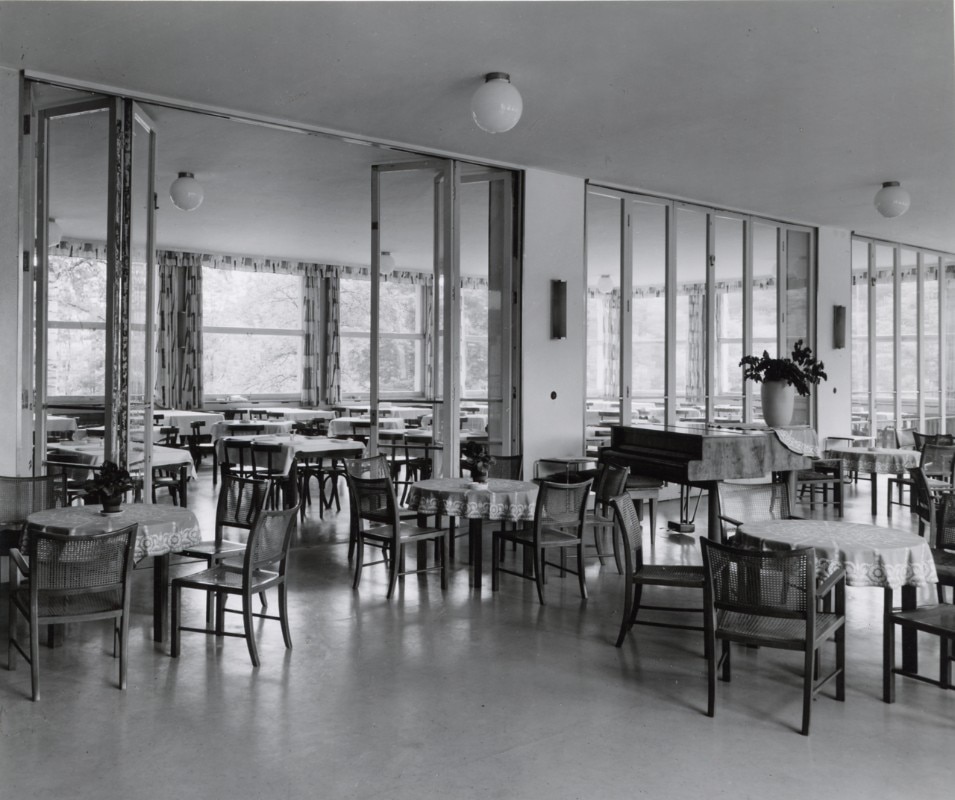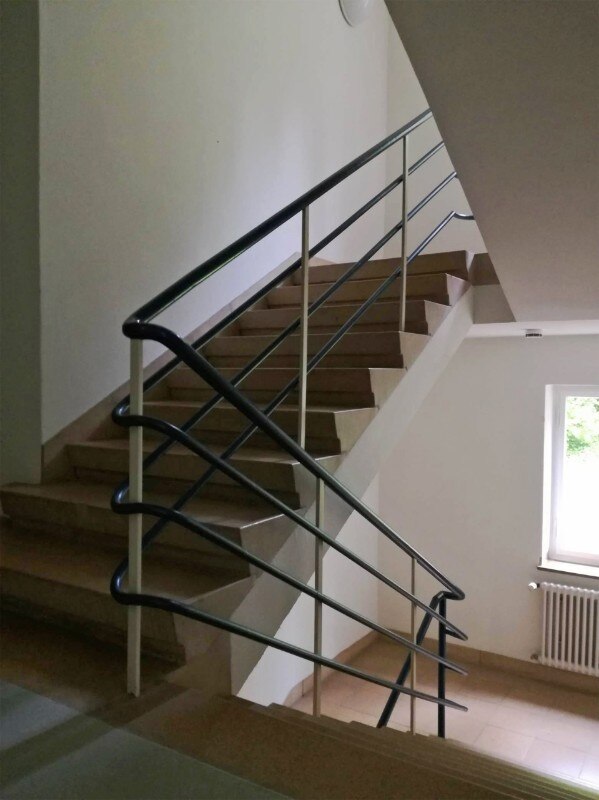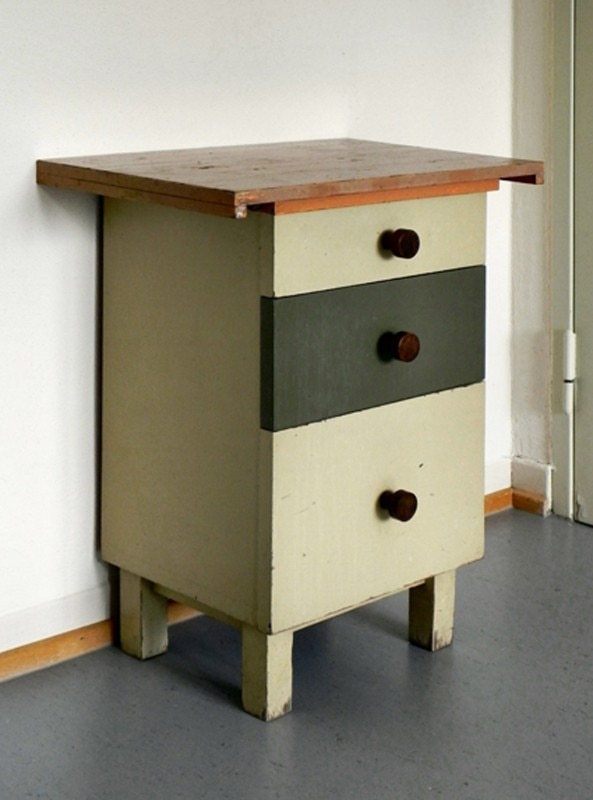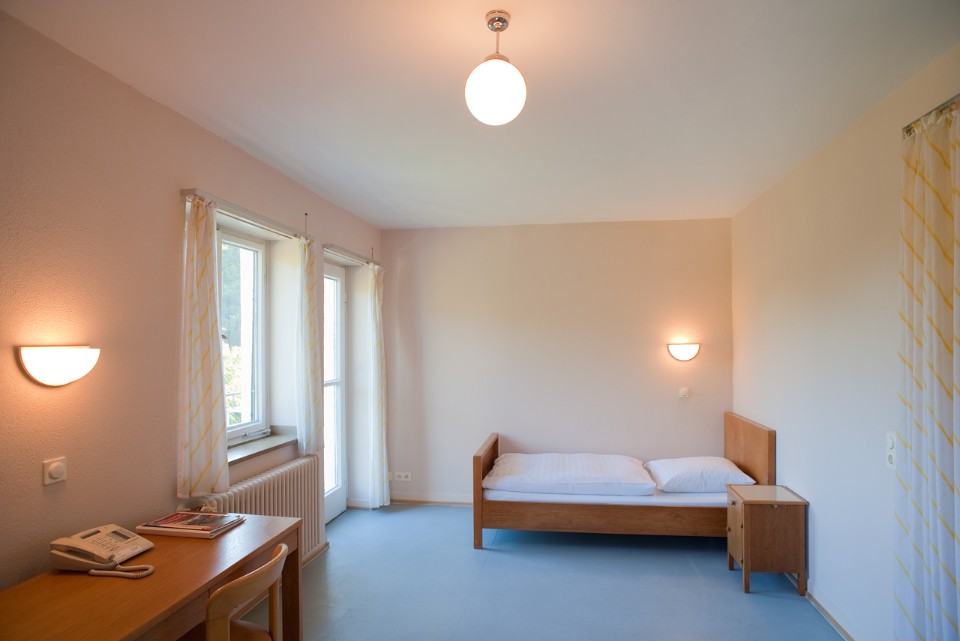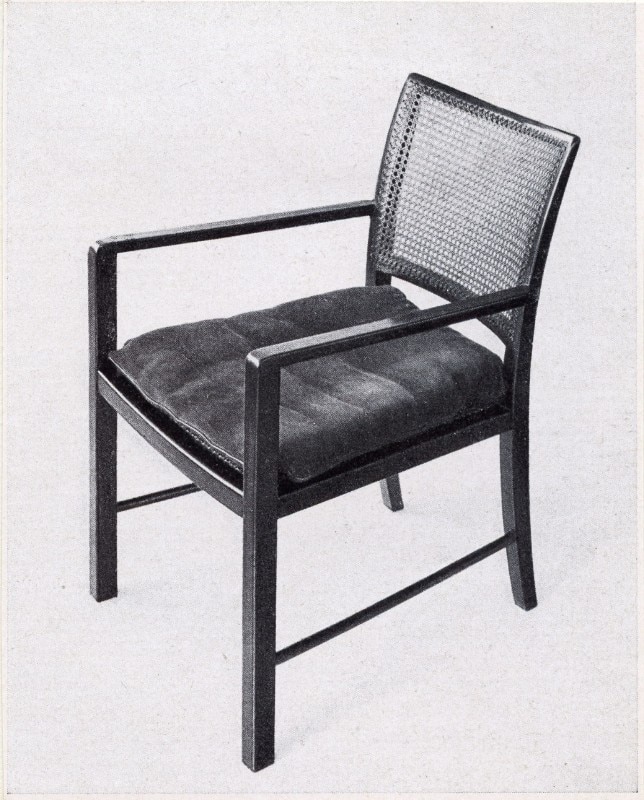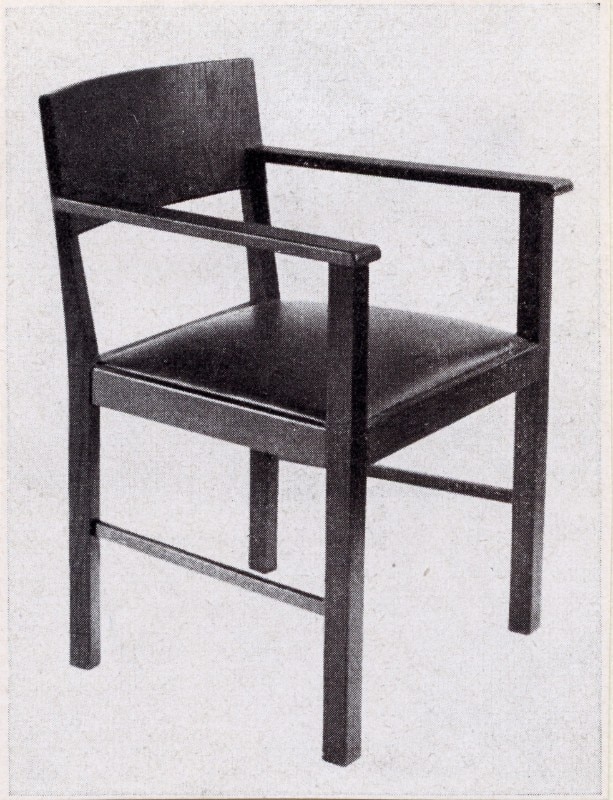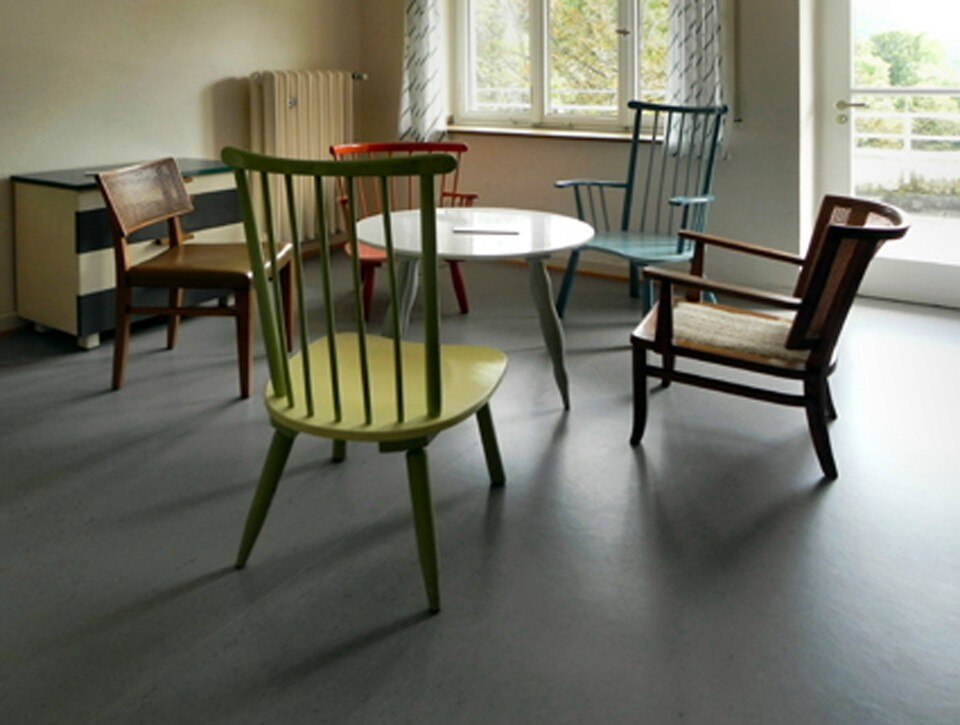If a place exists, be it economic or political, where production and Bauhaus principles can match, that place must be welfare. In its expression as welfare state, or private service for private employees, it can be recognized in several experimentations taking place before World War II aiming to revolution or improve the lifestyle of the largest number of people, involving in such endeavor different disciplines and arts.
The second episode of Domus’ Swabian escapade goes searching for such encounter in quite an unsung case: the Haus auf der Alb, realized by Karl Gustav Schneck between 1928 and 1930 in Bad Urach. The idea for this house was born long before Bauhaus was founded, thanks to the institution of DGK (Deutschen Gesellschaft für Kaufmanns-Erholungsheime), an association of entrepreneurs created to provide middle-low range employees the chance to go on holiday at a low price.
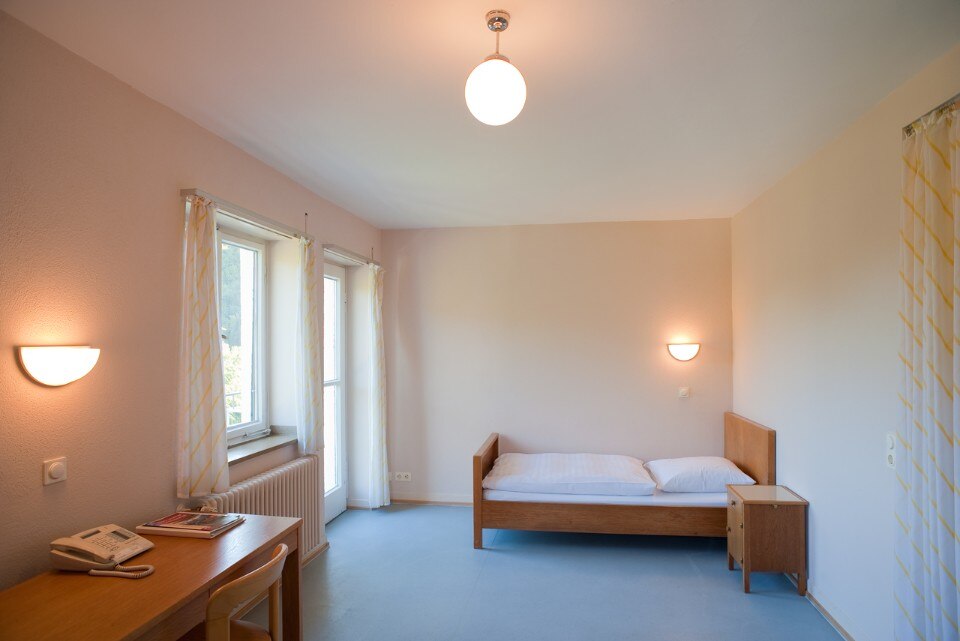
Urach was chosen as a location for a DGK structure, and by 1916 a first project was conceived by Adolf Elsaesser: nonetheless wartime came, time passed and this first massive and tectonic proposal quickly became obsolete. In 1928 Schneck won a new competition by proposing a solution currently presented as “a Bauhaus building”, with its equalitarian principle of providing the same access to landscape and natural light to all its guests, and the conception of its masses and interiors.
The different volumes correspond to different functions (sleeping, meeting, service), all of them gathering around a circulation tower; the wide linear terraces and white surfaces co-operate to the creation of a visual output of general modernity, together with different interior details: the furniture, conceived by the same architect, follows a similar effort of joining domesticity with simplicity of production and maintenance.
Schneck was not a Bauhaus member or alumnus — he was rather closer to that connection to tradition characterizing the work of Paul Bonatz — still, its work aims to join tradition with an idea of Modern made of progressive programs and their expression in built shapes.
Requisitioned during the years of Nazi power, restored in its fomer use after the war, but somehow a victim of the evolution of German holidays culture during the 50s, the Haus later became a clinic and a center for transcendental meditation. In 1989 it was bought back by the center for civic education of the Land Baden—Württemberg, restored in its Modern shape and social function: the structure is currently hosting regional actions for civic education, and giving possibility to the public to spend some seminar periods or organize events, surrounded by the mountain landscape of Urach.


